In August and September 2017, painted lady butterflies invaded the Plains. They clung to flowers and bushes, drinking their nectar like new and strange autumn-time blossoms of orange, red, and black.
The monarchs usually steal the glory, but the painted ladies (vanessa cardui) of 2017 took the spotlight. Plentiful and nourishing rains in California had led to a population boom. Midwesterners marveled at the visitors as they made their yearly migration en masse from Canada and North Dakota back to their ancestral west-coast homelands. The average lifespan of a painted lady butterfly is roughly 2-4 weeks long, and most seasonal butterfly migrations take place over several generations from egg to caterpillar to butterfly.
2017 was also the year my grandmother, Jan Pike (Nanny), died. The summer had already seen heat waves and a solar eclipse. Fall was on its way, but summer hung on by its claws. We printed pictures of the butterfly invasion and taped them to the walls in Nanny’s room so she could enjoy them. In those final weeks, my sister, Emily, and I went for walks on the path outside the rehabilitation center, and the quiet company of those creatures was a comfort.
Butterflies have long been a symbol of the spirit and of grief. In Japan, butterflies symbolize the personification of the soul, whether living, dead or in-between, and large numbers of them are considered a bad omen. Similarly, the ancient Greeks used the same word for butterfly as they did for the soul: psyche. This is why artists often depicted Psyche (the lover of Cupid or Eros) with butterfly wings. The Romans believed that the soul exited through the mouth. Also, the thyroid, the endocrine gland in the neck, is shaped like a butterfly.
Nanny’s Last Battle

Nanny developed a noticeable breathing problem in 2016. A thyroid tumor had invaded her trachea and her lungs. Before she could start radioactive iodine treatments for the cancer, the tumor had to be removed. She came out of a long, complicated surgery smiling and without pain. Although it had damaged her voice, she was nonetheless able to express her opinions with a rasp, words scribbled on a white board, or a choice finger gesture.
But complications set in a few days after surgery. She was unable to take in oxygen on her own. When the doctors tried to wean her off the ventilator, she would completely lose consciousness. This happened several times. We don’t know why. The situation was undoubtedly more complicated than any of us anticipated or were totally prepared for.
Even so, we continued to hope that she would recover, regain some strength, and start breathing independently again. Nannie was stubborn, tough, and “crusty.” If anyone could get through this it was her.
Jan Pike: A Tough Lady
Born in 1932, Jan lost her father, Lawrence, at age six. (Similarly my other grandmother, Marie, also lost a parent at six.) She and her mother, Helen, and sister, Judy, lived with Helen’s parents (the original Nanny and Grampy) in Chelmsford, MA. They had no relationship with her father’s family. She lost her sister in 1988, her mother in 1990, and her husband in 1993. In 1998, she survived cancer. She outlived two of her children, Karen (d. 2012) and Steve (d. 2016).
Our grandfather, Ray, was in the Air Force, so the family lived overseas and in various places across the US: California, Texas, South Dakota, and finally Nebraska. They were stationed in Japan twice. Nanny recalled traveling back to the states with two little girls, one of them only a few months old (my mother), while pregnant with my uncle. Having three rambunctious young kids, and a succession of basset hounds at one time is no easy feat even when you’re not overseas. When my aunt Joy (kid #4) was born in 1960, the house was quite full.
Nanny told us once that she scared off an unsuspecting Jehovah’s Witness with the frank statement that Grampy had been deployed on the day of the Bay of Pigs invasion. She must have been in a justifiable rage. At the time, Jan had no way of knowing if she’d see him again. (I have to admit I’m not sure if the encounter took place on that particular day or years after. She was not known for her patience, either way. I invite my relatives to make clarifications this point.)

As soon as Grampy retired, Nanny started working as a med tech in a hospital in Bellevue. When my sister and I came along, she and Grampy were constant figures in our childhood, especially when both of our parents were completing their nursing degrees. She was the grandparent with the camcorder, and we have her to thank for preserving many early memories.
After Grampy passed, she decided to move into what was originally going to be their “fishing shack,” a little house by Pony Creek in the Loess Hills of Iowa. It meant that our many treks to her house were literally “over the river and through the woods.” Once, we were trapped there overnight after a December storm transformed the gravel road into a tract of ice.
Nanny only got crustier. She enjoyed bourbon and dropped frequent curses in her Massachusetts accent. She once put a neighbor-shaming sign in her front lawn. Her little house became a chaotic haven for a succession of rescued dogs with a range of personalities and health problems (basset hound Higgins, mutt Cindy, cocker spaniel Buffy, and lastly basset hound Penny) and cats (Callie, then S’more). The sight of Nanny’s mud-splattered Trailblazer was unmistakable and notorious. She also used her riding lawn mower like an outdoor mobility scooter to get from the house to the creek or out to the mailbox.

Nanny puts a hat on Higgins, with our dog, Hamlet. 
Jan & the Catch of the Day. 
Nanny in diamond earrings, mink stole, & basset hound t-shirt, 2015.
She also cracked us up, and still does. We will never forget the Christmas she wore her diamond earrings and a old mink stole with a basset hound t-shirt. The stole looked like the basset’s ears (above). She was a veteran lobster eater and delighted in making a mess out of it. We had an oft-repeated inside joke about a spoon left in a can of Alpo. 😉 She referred to her neighbor’s dog as the “Jack Russell terrorist.” In the hospital, she dubbed a gaggle of visiting doctors “doctor droppings.” Other not-so-funny Nannyisms, especially politically-charged ones, shall remain unrepeated here. (You’re welcome.)
Living On Her Terms
Despite the chaos of dogs and invasive Loess hills dirt, her life there was peaceful. She spent her days on the deck with her binoculars, watching the birds partake of the offerings of her feeders, the old, neurotic basset, Penny, somewhere at her feet. She marked the seasons by the arrivals and departures of the birds: indigo buntings, orioles, hummingbirds, “cah-dinals,” et al. Wild turkeys, geese, and a great blue heron were her neighbors. We nicknamed the heron, the “pterodactyl,” and he had an ongoing flirtation with the heron decoy she kept at the creek’s edge. The year after she passed, blue birds finally moved back into the blue bird house.

She went out on her own terms. She was not going to live on a ventilator, trapped in that one room the rest of her life. Uh-uh. No effing way. Once she’d made that decision–as much as we struggled to cope with it–she was at peace. In those last days, she gave me the long slow blink of a cat, knowing I’d understand.
We were with her when she passed, many of us together for the first time in years. We scattered her ashes in Pony Creek Lake near a spot we call “Turkey Trot,” just as we had done with Grampy’s. The butterflies stayed with us, bearing witness until the weather turned cold.

Butterflies & Climate Change
It is never truly fall without them.
Even halfway through September the butterflies have been noticeably absent. The massive wildfires burning from California to Canada are devastating butterfly habitats. The lush vegetation in forests and mountain meadows is gone. Some rarer species may never come back. And this is in addition to other long-term changes in the climate that have been threatening monarch populations for decades.
The painted ladies, on the other hand, can be found across the world. Some migrate from Africa up into the Mediterranean. Some have been known to migrate thousands of miles from Europe to North America. They are not an endangered species, and they might return with gusto next year. But given the recent trends, I worry for their future.
The painted lady invasion is one of the last memories we shared with Nanny. Inside her hospital room, far from the windows, she could no longer watch the birds or venture out on the lawnmower. But she knew about these precious visitors, and enjoyed them, too. I take comfort knowing that a part of her returns with them each year.
I still hold out hope that we’ll see them–and Nanny–again soon.
※






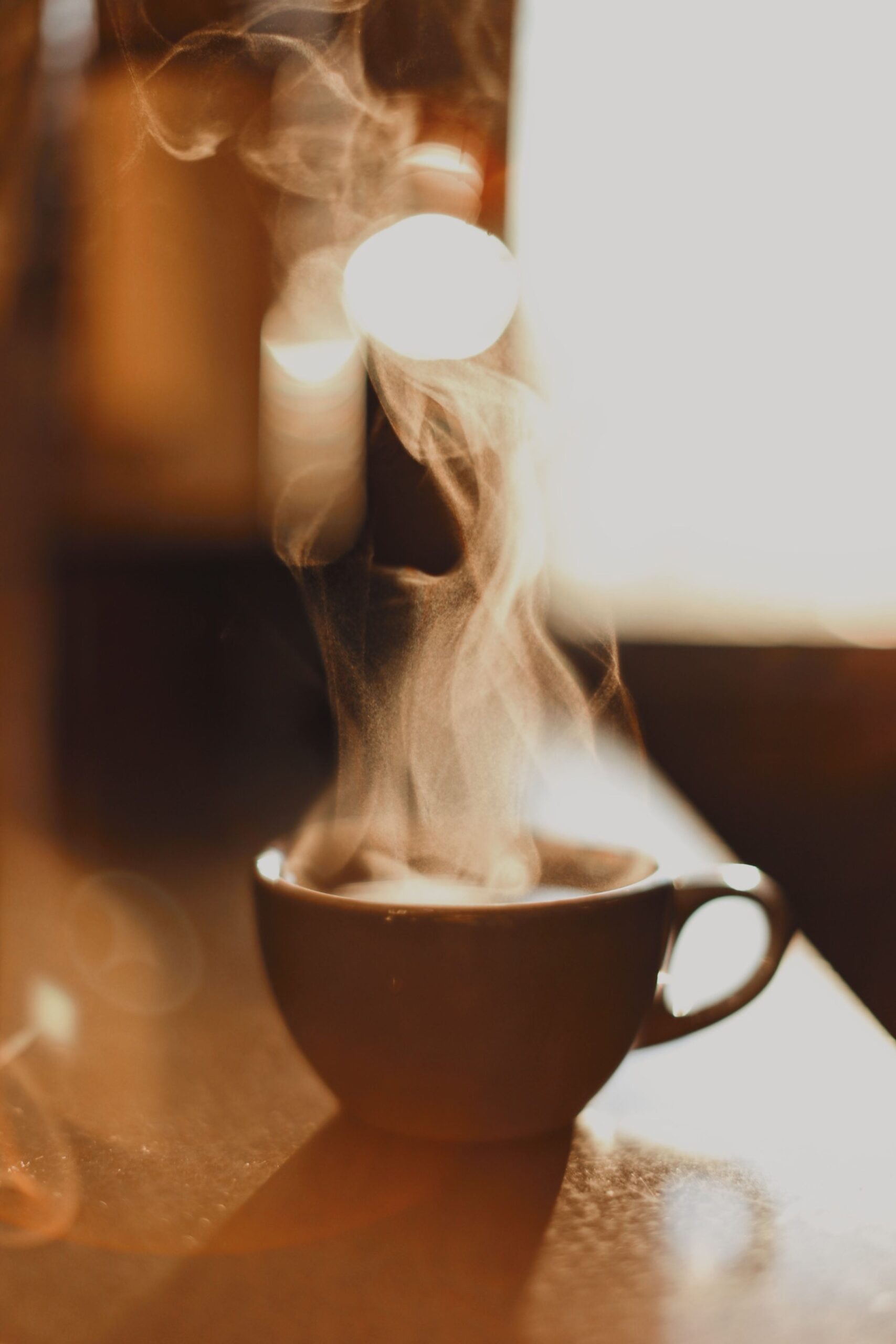
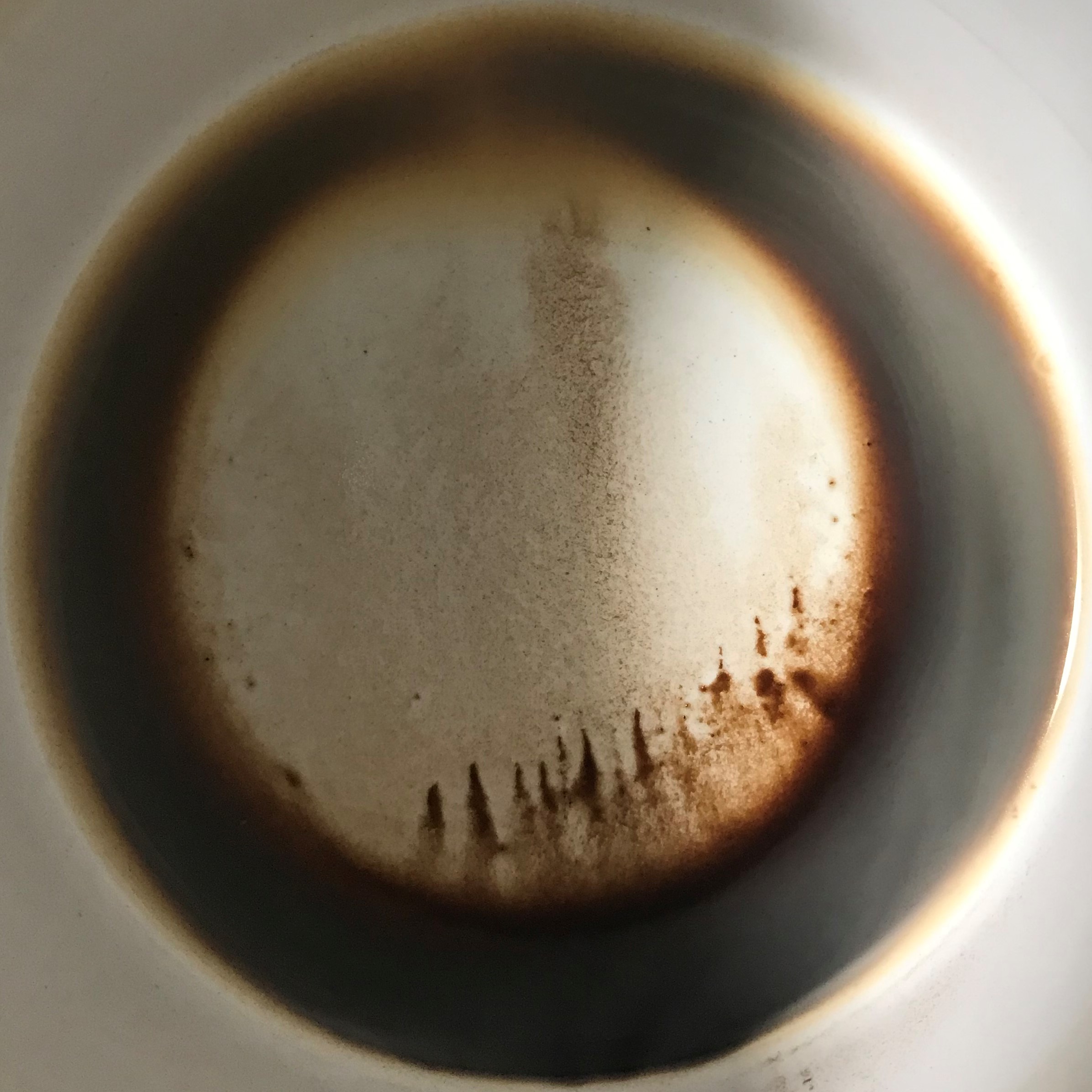
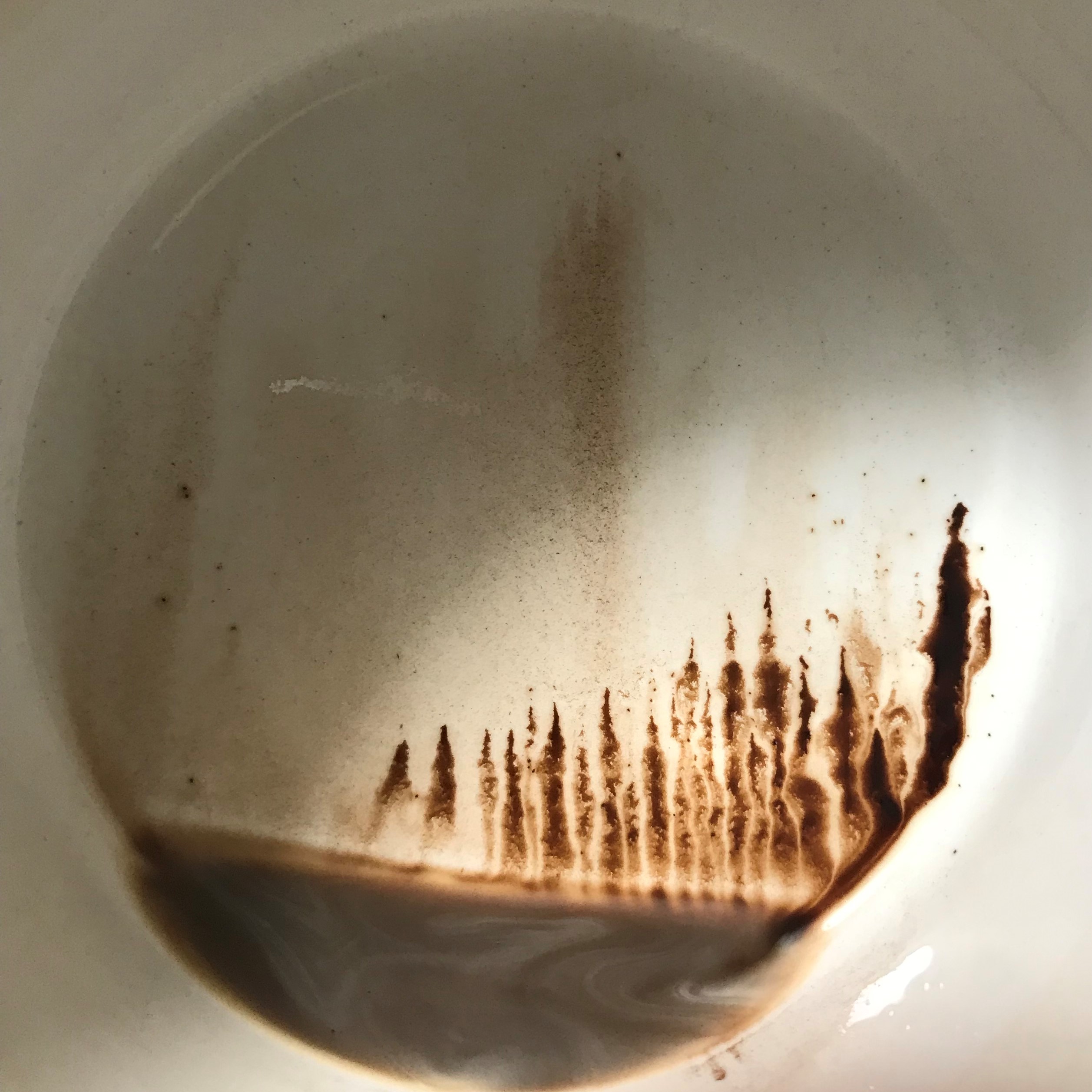

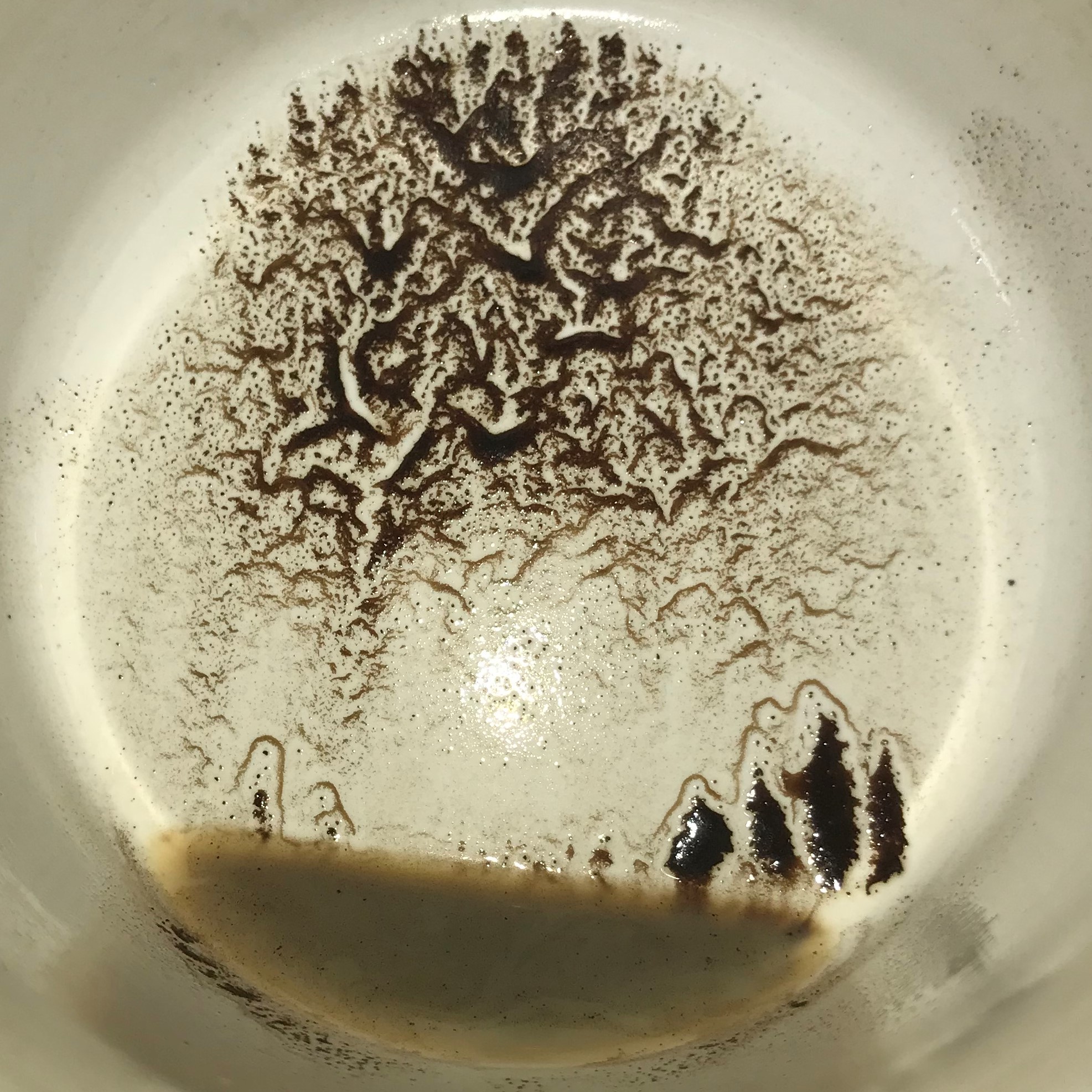
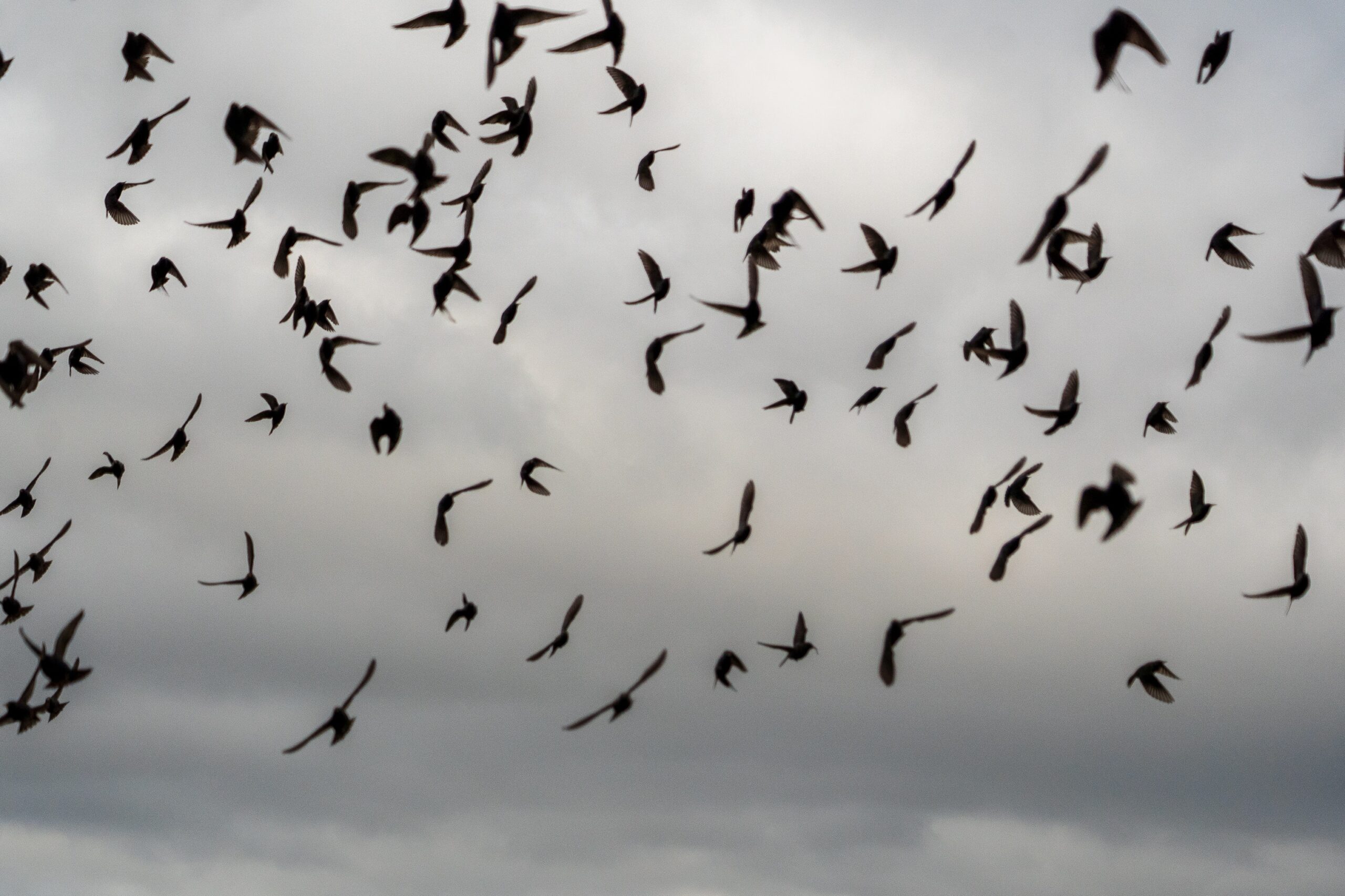
Beautiful says it all !